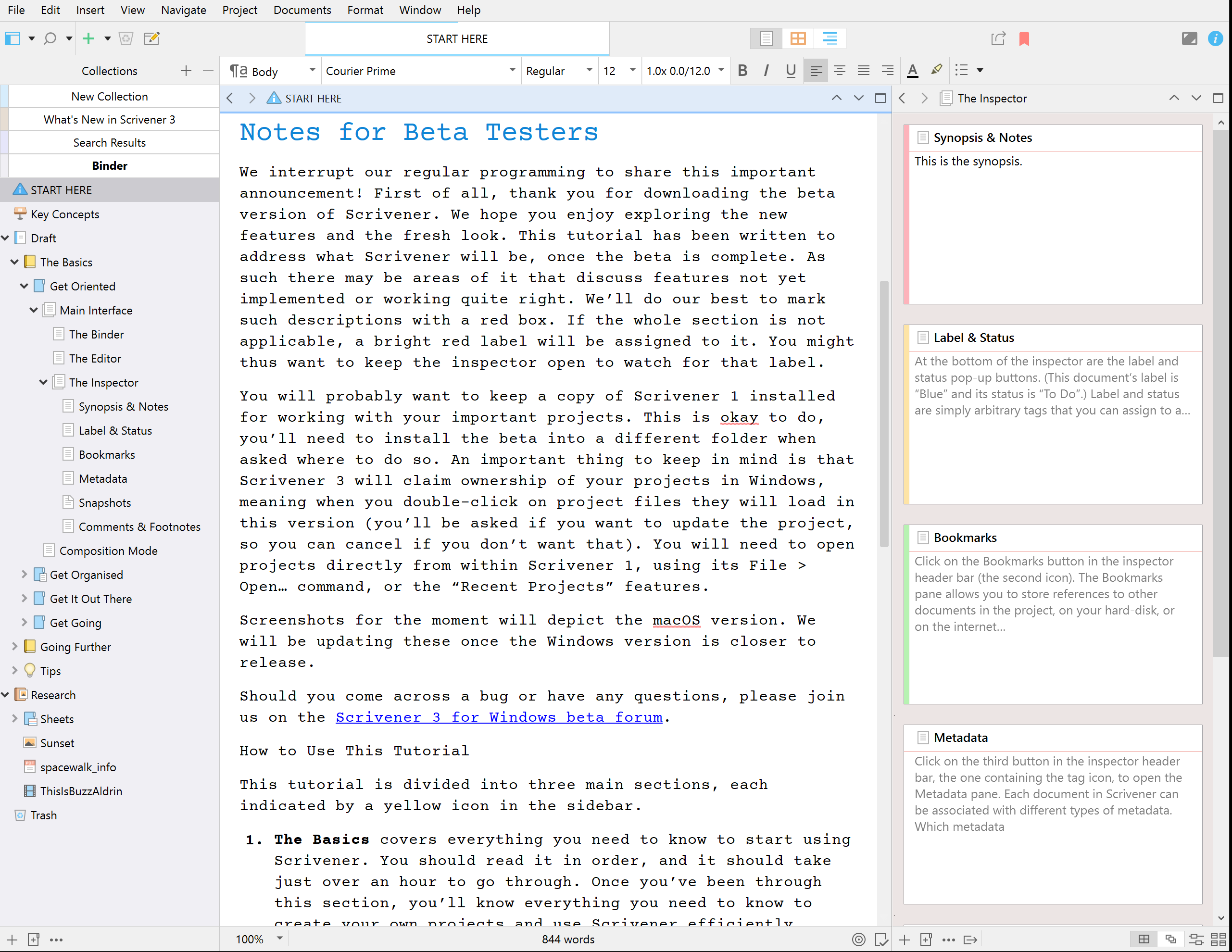
The thing is: every one of these are routinely violated by authors who don’t pay attention, and that is why we mention them. If you don’t touch the defaults on your word processing program, then most of these will be non-issues. Most of them will seem obvious to you, and most are baked into the defaults of Microsoft Word or Google Docs. These rules also reflect the ones most common conventions in the publishing industry. What I’m about to show you are the 15 formatting rules that our book editors ask from our authors at Scribe. There are no rules, only conventions that developed over the past century of book publishing. You can’t go to the Formatting Police and get official law on Standard Manuscript Format (I wish, that would make things much easier). The 15 Scribe Manuscript Format Rulesīefore we start, understand there are no actual “rules” for formatting. This means manuscript format is the proper way your manuscript should look when you send it in for editing. Things like font size, page color, word count, page number, line spacing, paragraph breaks–everything that goes into the visual appearance. The actual Microsoft Word or Google Docs file that is your book.įormatting is how your manuscript looks and reads. An example of a correctly formatted Manuscript.Ī manuscript is the finished, written book.



Not fix your formatting, and do a poor job editing as a result, or.Think you’re unprofessional and edit your book under that assumption.If you send in a manuscript that’s not formatted properly, your editor will do three things: It comes down to readability for the editor. If you don’t, your book will suffer, and you’re going to spend more money than you need to on editing. I’ll be honest: manuscript formatting is tedious and boring.


 0 kommentar(er)
0 kommentar(er)
